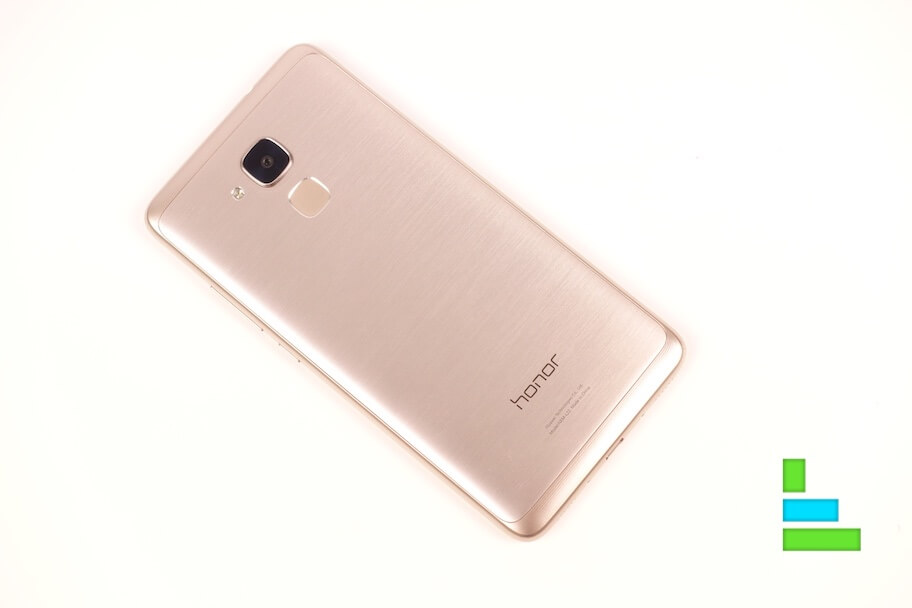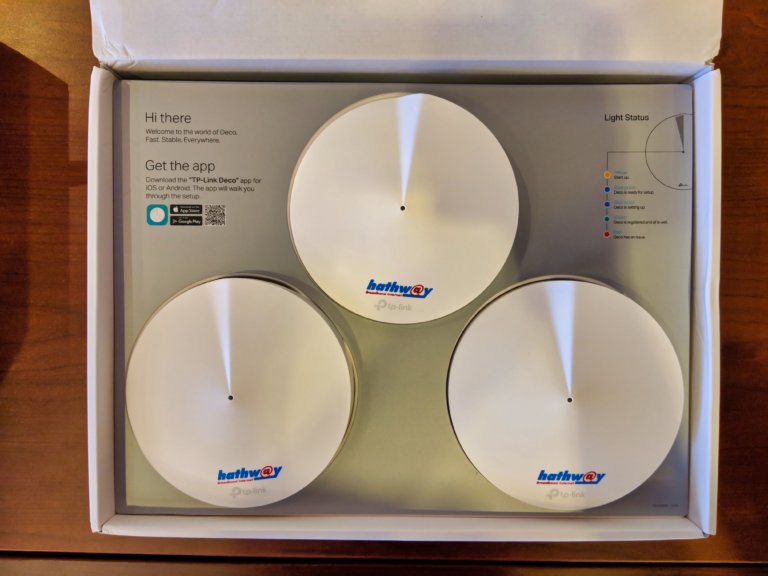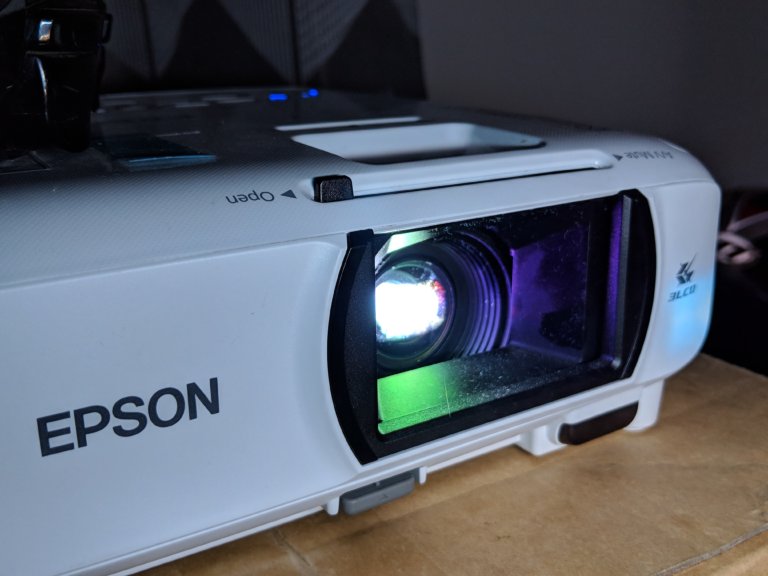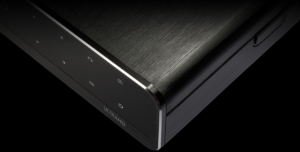Honor 5c is Huawei’s latest Smartphone in the Indian market. We’ve already reviewed it and you can check it out here. One of the biggest features of the Honor 5c is that is powered by Kirin 650 Processor. Kirin 650 was developed in-house by Huawei. Most of the companies out there use an already existing processor from a different company. But Huawei is trying to position themselves as a Smartphone Maker and not just a company which puts a phone together.
The Kirin 650 is an Octa-Core Processor, in which four cores are clocked at 2.0Ghz and the remaining four at 1.7Ghz. But the major difference in the Kirin 650 is that is it a 16nm FinFET Processor. To understand what that is and why it is important, we have to too how processors are made.
A processor is made of multiple circuits, and each circuit is called a transistor. A processor has billions of these transistors, and they are incredibly tiny. The measurement, 16nm is the distance between a transistor and other transistors and components. These components are tiny. Basically, 10,000,000nm makes up 1cm. But there are Billions of transistors in a Microprocessor and a change as small as this makes a meaningful difference.
FinFET is the process used to create the Microprocessor. When the size of the transistors are reduced, it causes major issues like leakage of current which results in extreme levels of heading and poor performance. In fact, this is precisely what happened when Snapdragon released the 20nm 810 last year. To solve this problem, a new method, FinFET process was devised which changes the whole process by which these transistors are made and placed on the die. Also, the FinFET has allowed us to go to even smaller levels of 16nm and 14nm.
This 16nm Processor is something that has been exclusive to the high-end Premium phones like the iPhone 6s and other Android Flagship Phones like the Samsung Galaxy S7 running on Snapdragon 820. This is the first time a 16nm processor has been used inside a phone in this range.
When the distance between transistors and components reduces, three important things happen: Size of the processor reduces, Increases Performance and Reduces Power Consumption.
Size
When the distance between the transistors is reduced, more of them can be fit on the same die. With this, manufacturers can choose to do one of the two things: Either decrease the processor size to save up space inside the phone, or don’t change the size. When the size is not changed, more transistors can be fit in which results in more cores and a faster processor. In the case of Kirin 650, they’ve chosen to keep the size same and have the processor perform additional tasks which will be explained later.
Performance
The second advantage of the 16nm processor is better performance. When the transistors are closer to each other, the process of transistor switching happens a lot faster, and the data flow is a lot quicker. This adds up to increase the overall performance of the processor when you’re dealing with Billions of these transistors! Also, along with better performance, it generates considerably less heat.
Battery
The third biggest advantage of the 16nm processor is that when the distance between the transistors is reduced, the energy spent in moving between them also reduces. Once again, when we deal with Billions of these transistors, that energy saved is a sizeable amount which translates to a longer battery life on your phone.

Since the overall size has been reduced, the Kirin 650 has additional space to pull a few things up its sleeve. There is an i5 processor which is always running in low power mode. It helps the screen to wake up instantly. Also, it can support a few sensors to be running continuously. With the Huawei 5c, the accelerometer is always running and recording that data to measure the number of steps you take, consuming tiny amount of battery.
The Kirin 650 also supports multiple Modems and also a separate Image Signal Processor(ISP) for the Camera. This is probably the reason why the camera on Huawei 5c is splendid! The camera can directly tap into a superior processor to get the right colours. Also, there is a separate component in the Kirin 650 for the fingerprint sensor. It stores your fingerprints right inside the processor, and third party apps can not access it.
Comparing the Huawei 5c with its competition Redmi Note 3 and LeEco Le 2, they have Snapdragon 650 and Snapdragon 652. Both the processors are 28nm. This is a huge deal because the 16nm processor is being used in a phone in this range and it makes a difference.
Reducing the size does not always mean better performance. There are other important factors like the chip design which contributes to the performance. The Kirin 650 from Huawei checks all the right boxes. It performs well, has fantastic battery optimisation and has additional features. The 16nm Processor is not just a marketing stunt, but it makes a meaningful difference and adds real value. At a time when smartphone manufacturers put a phone together in a few months by source components from multiple vendors, it’s nice to see Huawei taking an extra step to make their own processor and innovate with them.
Huawei has opened the gates and shown the world that it is possible to have a 16nm processor without compromising on the design. We’re sure next generation smartphones from the competition will sport various 16nm Processors. But right now, it is only the Huawei 5c which has it.














One thought on “Huawei Honor 5c: Kirin 650 16nm Processor Explained!”